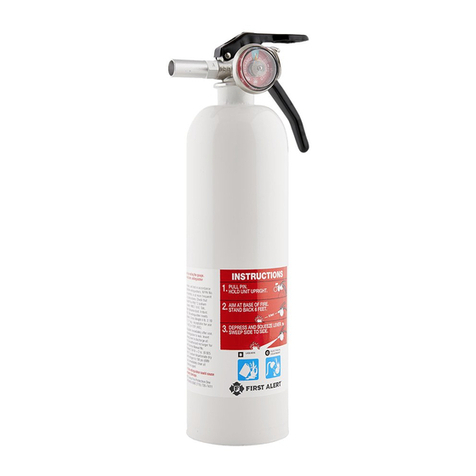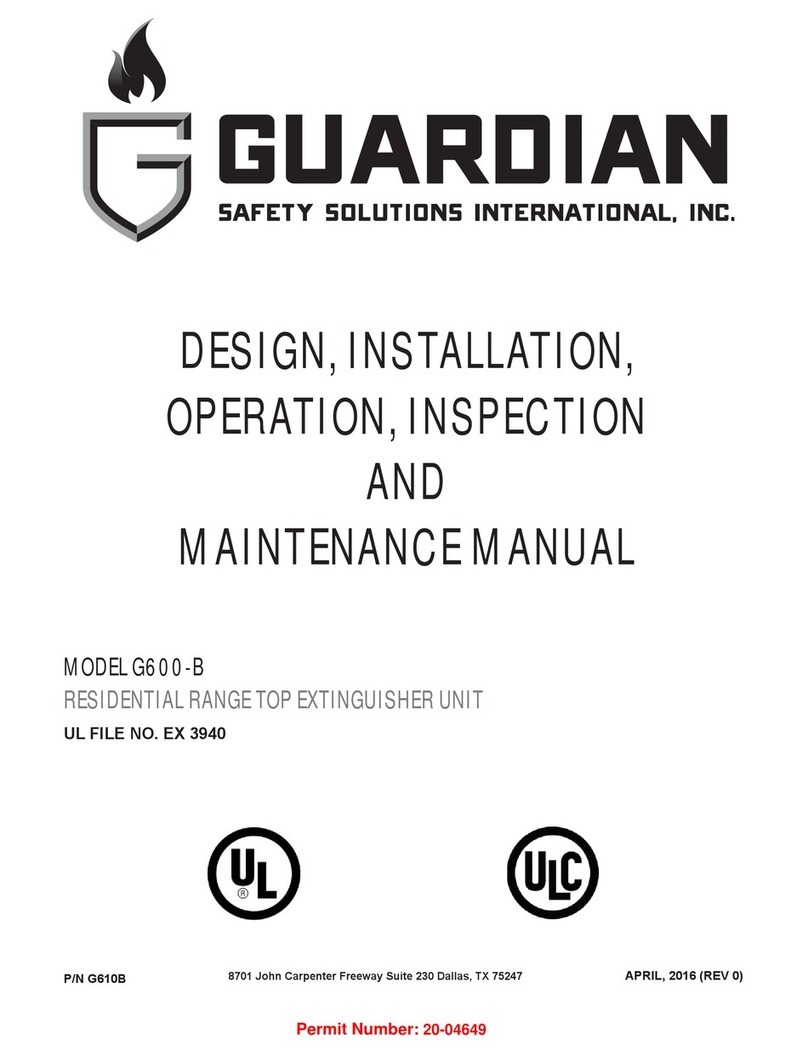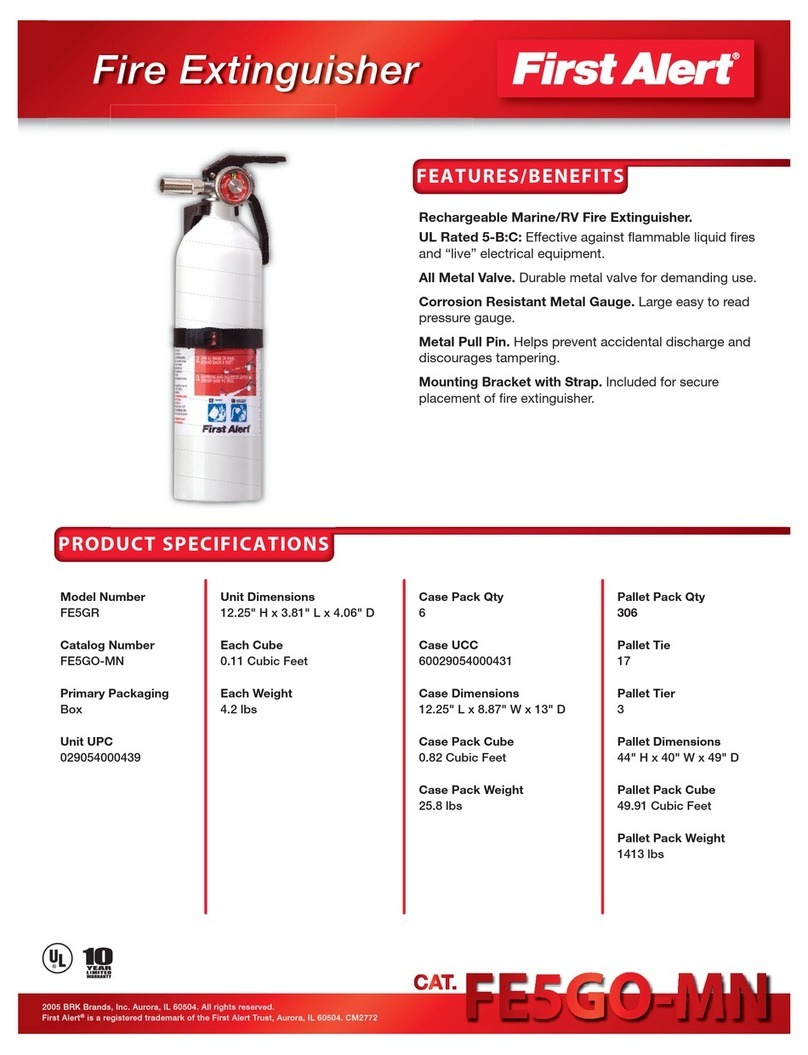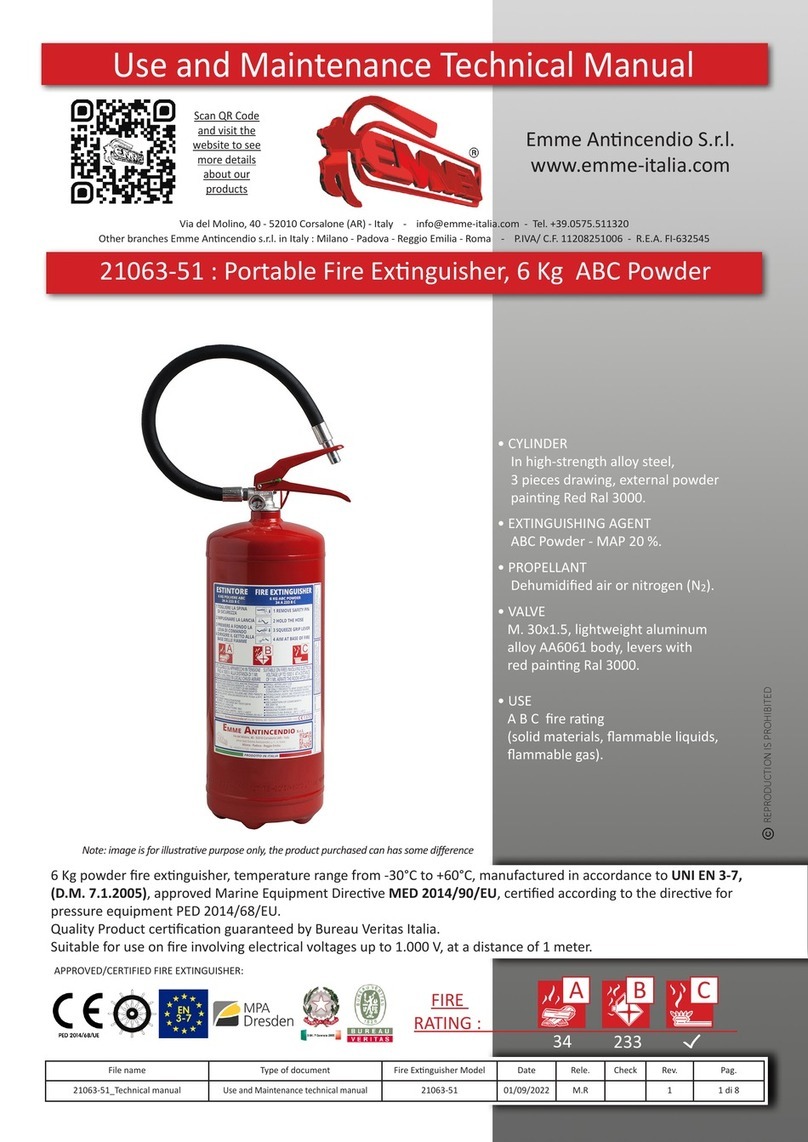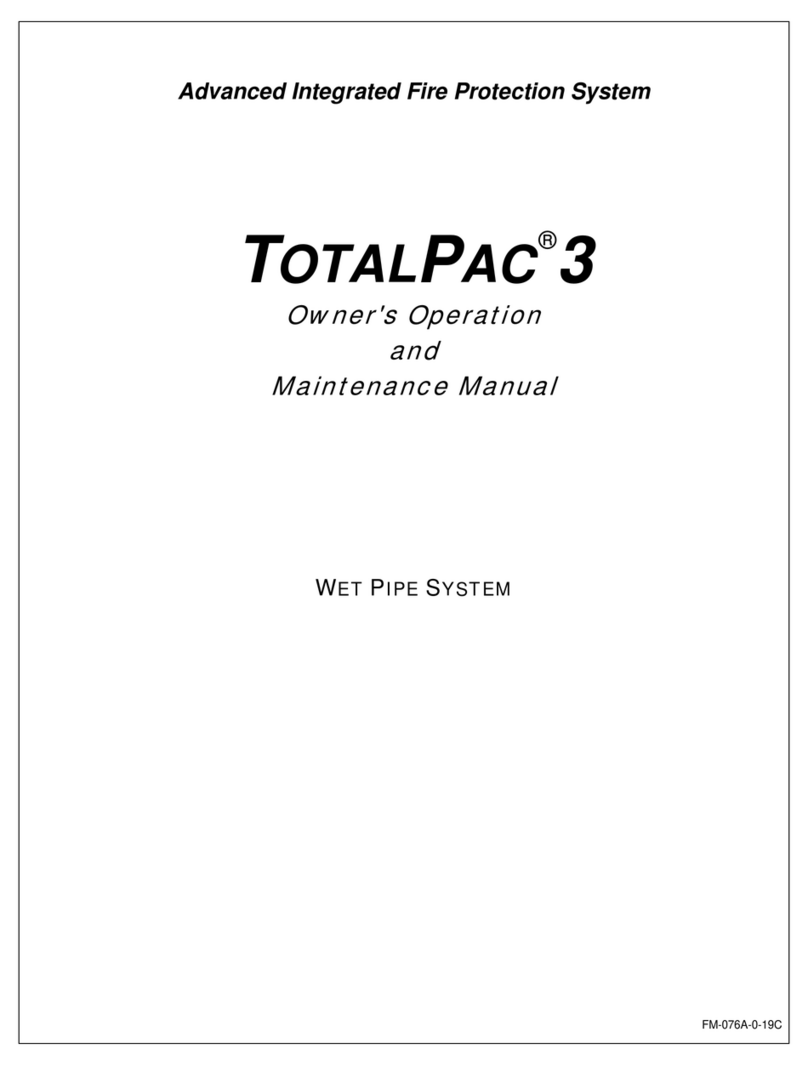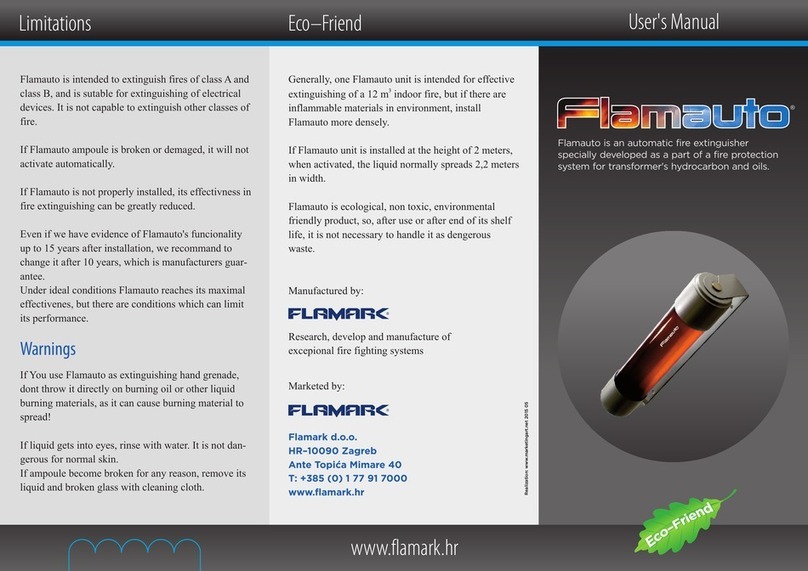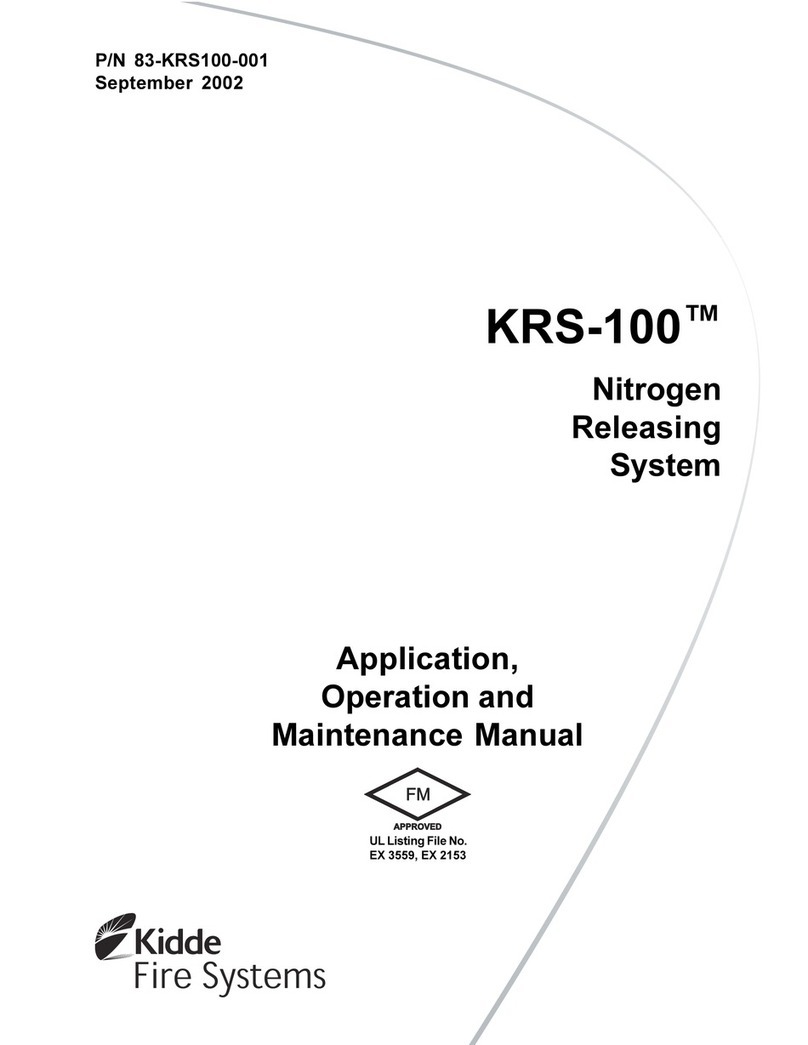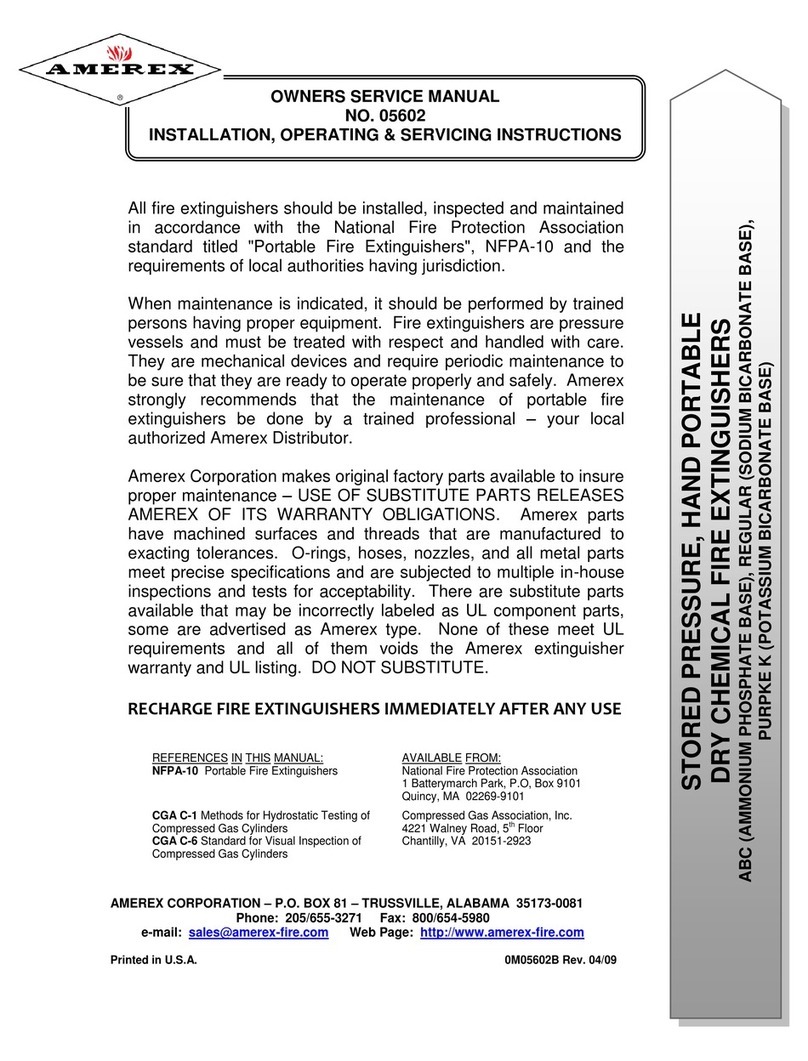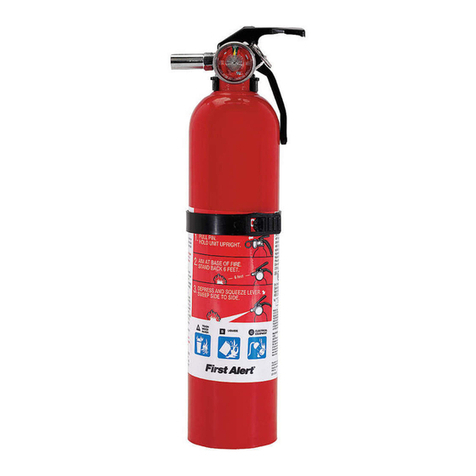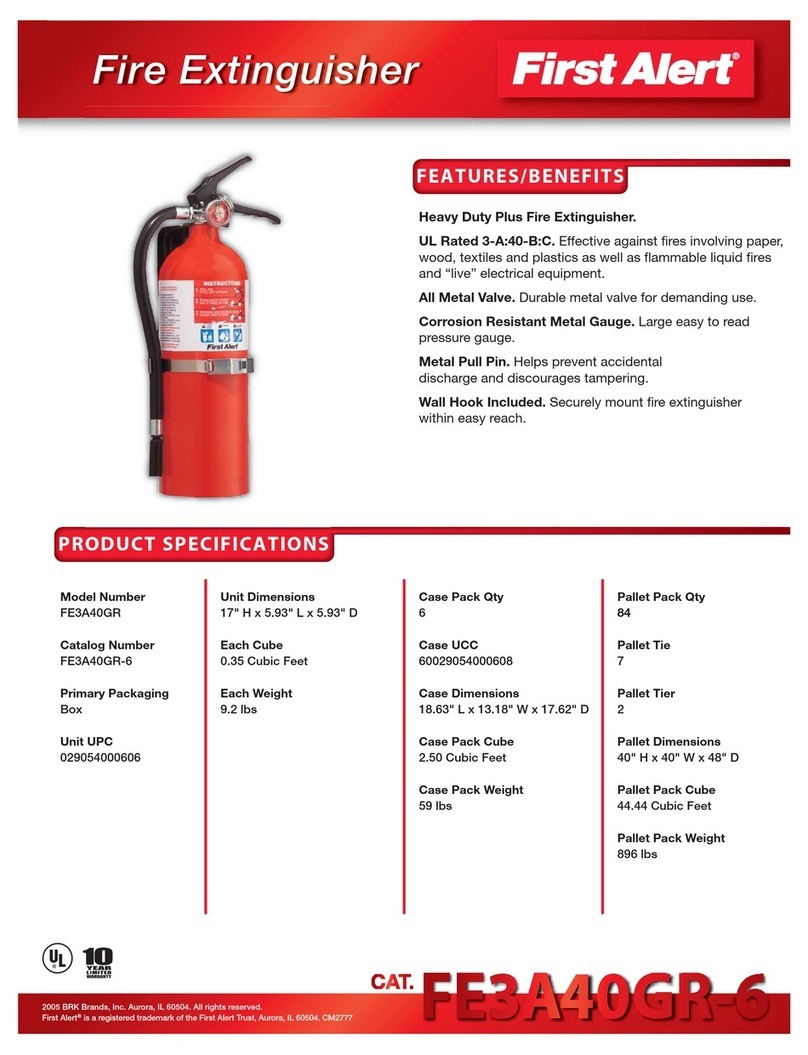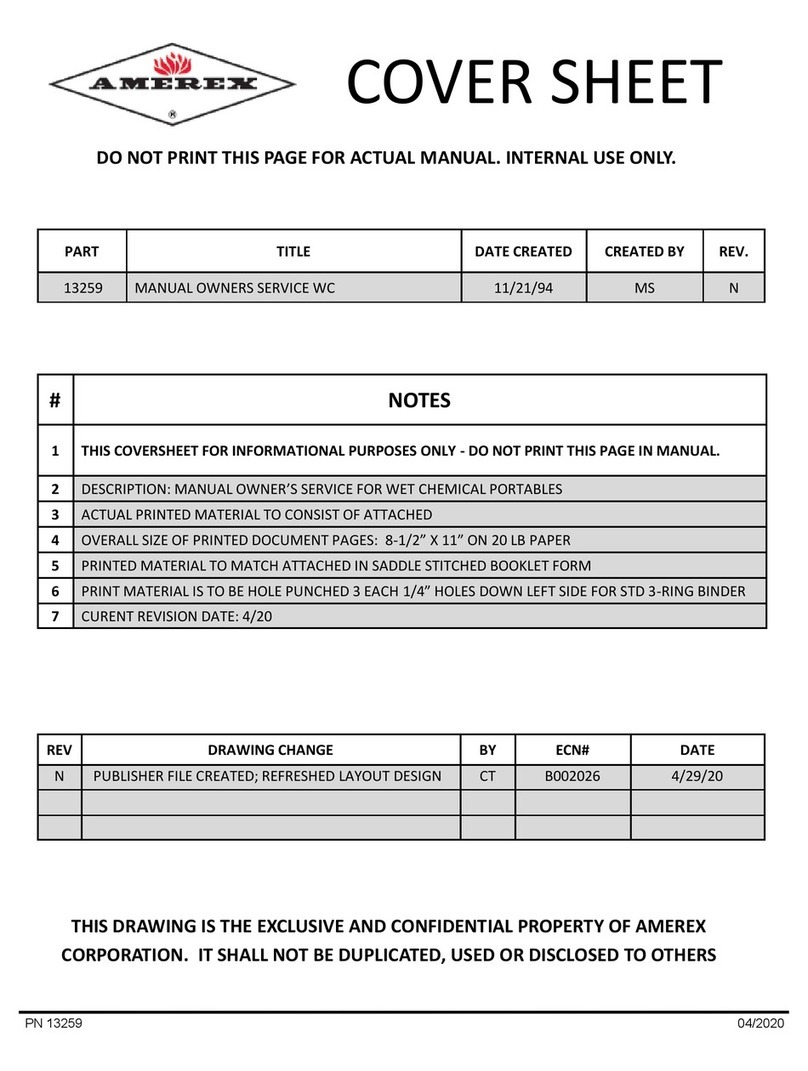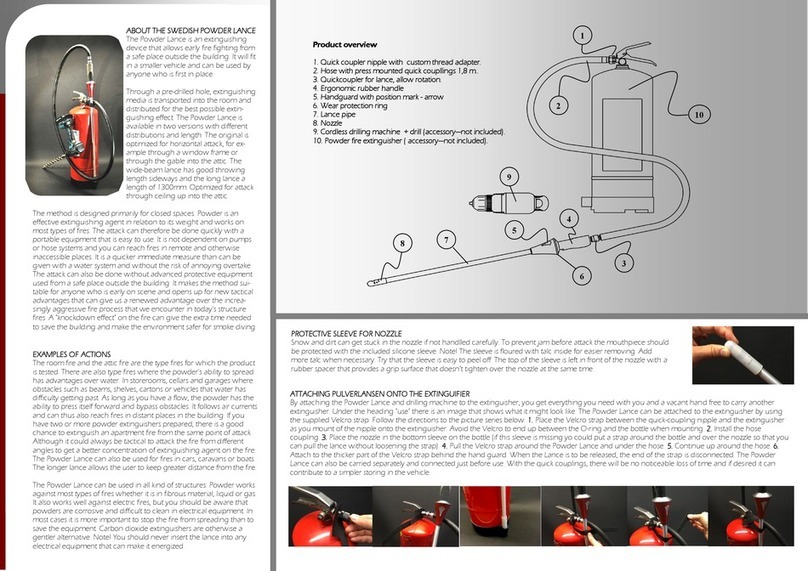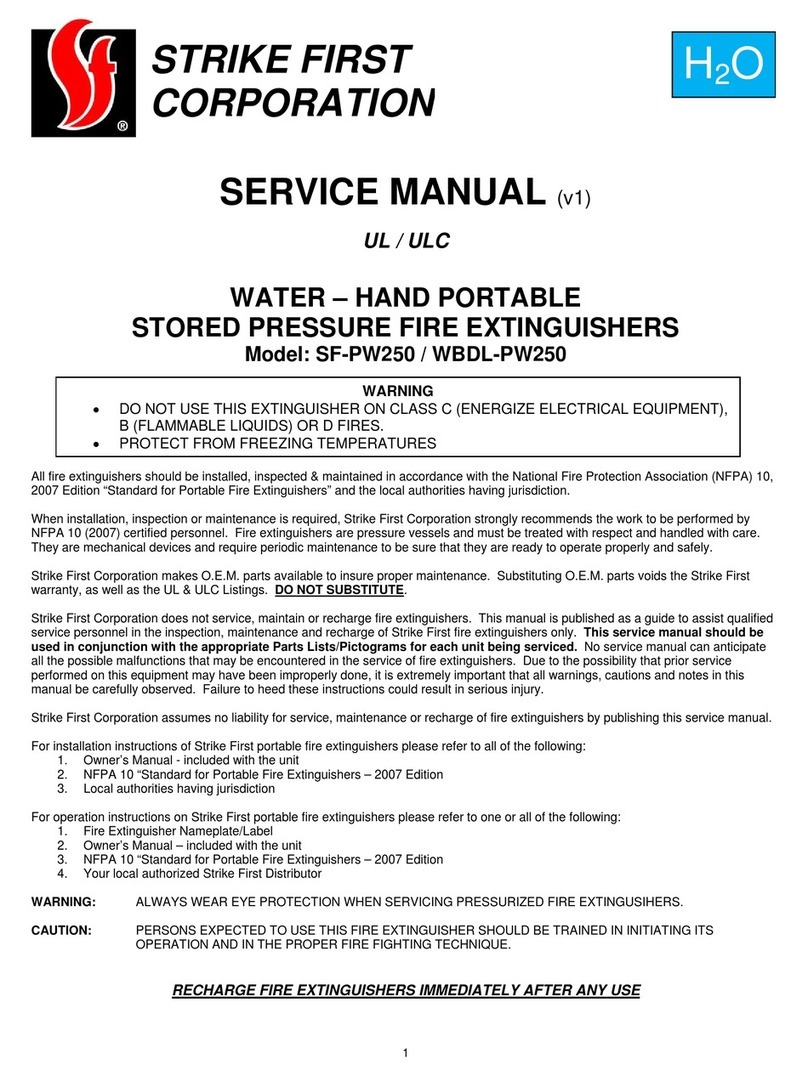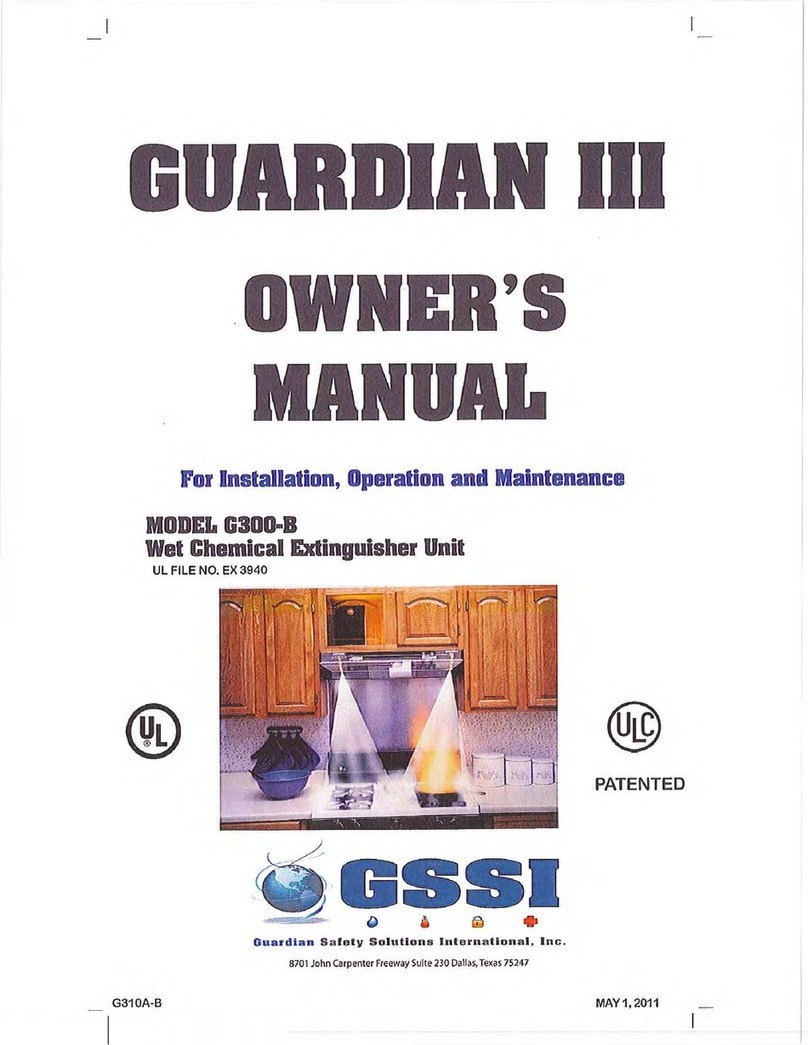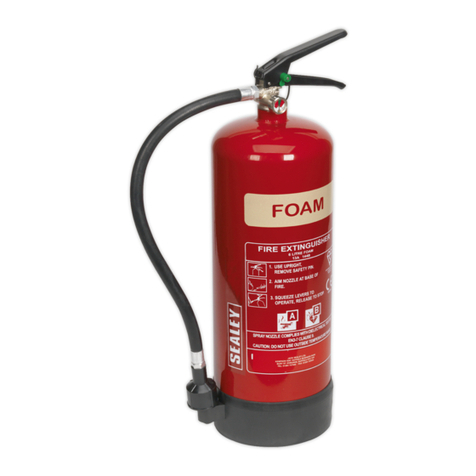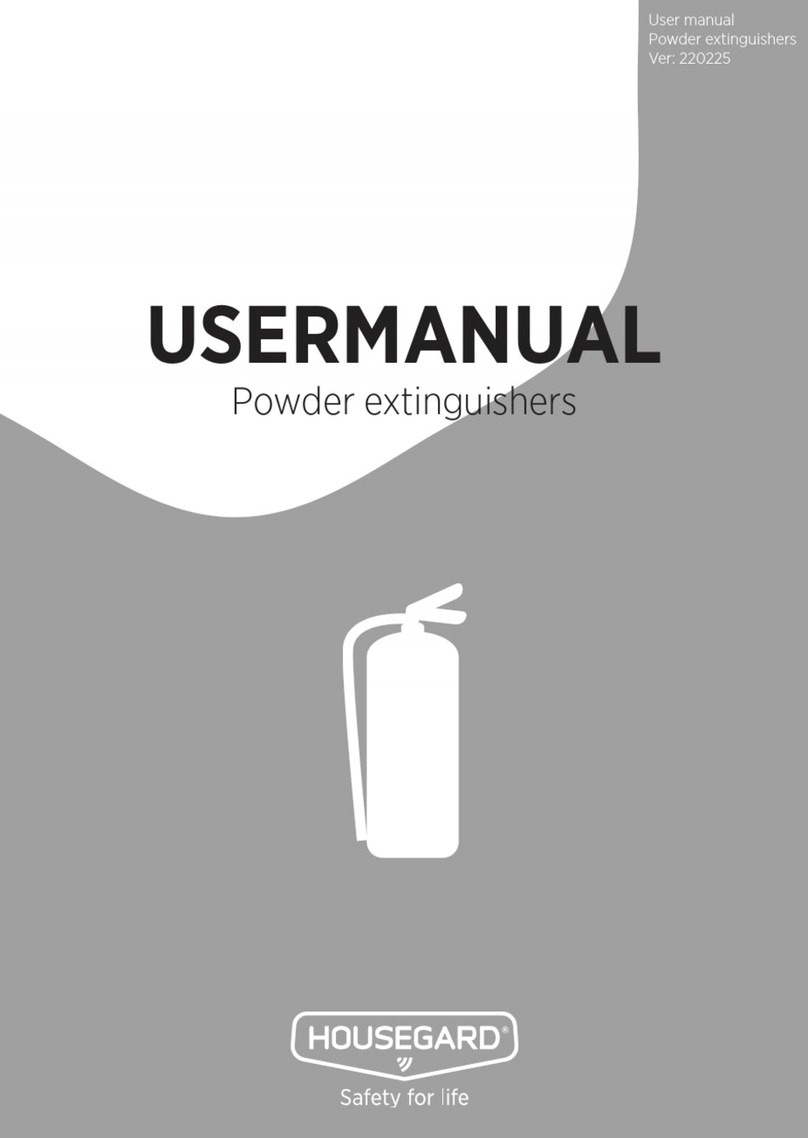
06-236115-001 i October 2014
FOREWORD
This manual is written for those who are installing a Kidde Fire Systems® ECS Fire Suppression System
with HFC-227ea Agent. IMPORTANT
Kidde-Fenwal assumes no responsibility for the application of any systems other than those addressed in
this manual. The technical data contained herein is limited strictly for information purposes only. Kidde-
Fenwal believes this data to be accurate, but it is published and presented without any guarantee or
warranty whatsoever. Kidde-Fenwal disclaims any liability for any use that may be made of the data and
information contained herein by any and all other parties.
Kidde ECS Fire Suppression Systems with HFC-227ea Agent (Kidde ECS Systems) are to be designed,
installed, inspected, maintained, tested and recharged by qualified, trained personnel in accordance with
the following:
• Standard of the National Fire Protection Association No. 2001, titled Clean Agent Fire Extinguishing
Systems.
• All instructions, limitations, etc. contained in this manual, 06-236115-001.
• All information contained on the system container nameplate(s).
Storage, handling, transportation, service, maintenance, recharge, and test of agent storage containers
shall be performed only by qualified and trained personnel in accordance with the information in this
manual and Compressed Gas Association* pamphlets C-1, C-6 and P-1:
• C-1, Methods for Hydrostatic Testing of Compressed Gas Cylinders.
• C-6, Standards for Visual Inspection of Compressed Gas Cylinders.
• P-1, Safe Handling of Compressed Gases In Containers.
*CGA pamphlets are published by: http://www.cganet.com.
• Standard of the National Fire Protection Association No. 2001, titled Clean Agent Fire Extinguishing
Systems.
• All instructions, limitations, etc. contained in this manual, 06-236115-001.
• All information contained on the system container nameplate(s).
The new design concentration for Class A and C fires applies to systems designed to meet and comply with
UL 2166 and NFPA 2001, 2012 Edition guidelines. As such, our customers are reminded and advised:
• The applicable best practice that these systems use automatic actuation;
• Designers should also take note of clause 4.3.5.6 in NFPA 20011, 2012 Edition, with regard to time
delays;
• The designer should also take note of A.3-4.2.4 in NFPA 2001, 2000 Edition and confirm that the
hazard protected does not include any identifiable fire accelerants, which would classify the area as
a Class B hazard;
• In addition, the designer should refer to section A.3-6 in NFPA 2001, 2000 Edition and confirm that
the area does not include a material number of power or energized cables in close proximity that
would predicate the usage of a different design concentration. Please contact applications engineering
for design guidance in this instance.
1. Clause 2-3.5.6.1 in NFPA 2001, 2000 Edition states: “For clean agent extinguishing systems, a pre-discharge
alarm and time delay, sufficient to allow personnel evacuation prior to discharge, shall be provided. For hazard
areas subject to fast growth fires, where the provision of a time delay would seriously increase the threat to life
and property, a time delay shall be permitted to be eliminated.”
2. A.3-4.2.4 in NFPA 2001, 2000 Edition states: “…Hazards containing both Class A and Class B fuels should be
evaluated on the basis of the fuel requiring the highest design concentration.”
3. A.3.6 in NFPA 2001, 2000 Edition states in part: “...Energized electrical equipment that could provide a prolonged
ignition source shall be de-energized prior to or during agent discharge. If electrical equipment cannot be de-
energized, consideration should be given to the use of extended agent discharge, higher initial concentration,
and the possibility of formation of combustion and decomposition products. Additional testing can be needed on
suppression of energized electrical equipment fires to determine these quantities...”
